A shell is more than just a hard exterior for reptiles and other creatures—it’s a vital, living part of the animal’s body that requires proper care and attention. Whether you’re a turtle enthusiast, a tortoise keeper, or simply curious about these remarkable protective structures, understanding shell health is essential. Shells serve as both armor and skeleton, protecting internal organs while providing structural support. They grow with the animal throughout its life and can reflect the overall health status. In this comprehensive guide, we’ll explore common shell problems, preventive measures, and how to maintain optimal shell health for your shelled companions.
The Anatomy of a Healthy Shell
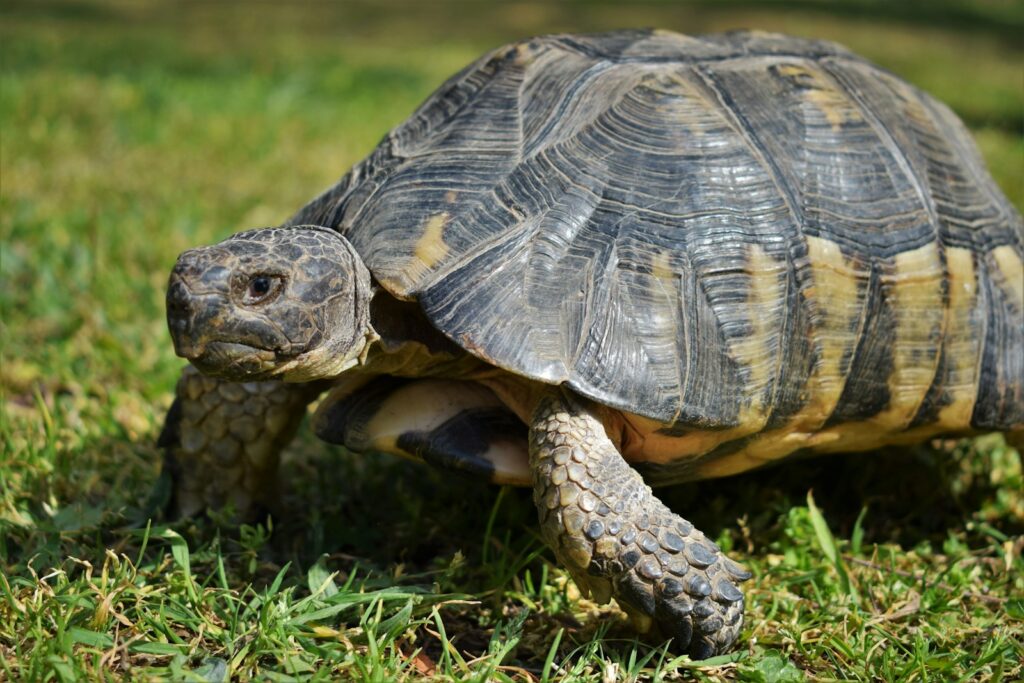
A shell consists of two main parts: the carapace (top portion) and plastron (bottom portion), which are connected by bridges on both sides. These components are made up of modified bones covered by scutes or shields, which are made of keratin—the same protein found in human fingernails and hair. Each scute grows outward from its center, creating growth rings similar to those in trees, though these aren’t always reliable age indicators. Beneath these keratinous plates lies living tissue with blood vessels and nerve endings, making the shell sensitive to touch, temperature changes, and injury. A healthy shell should appear solid, smooth (depending on the species), and free from abnormal softness, cracks, or unusual odors.
Shell Rot: Causes and Identification
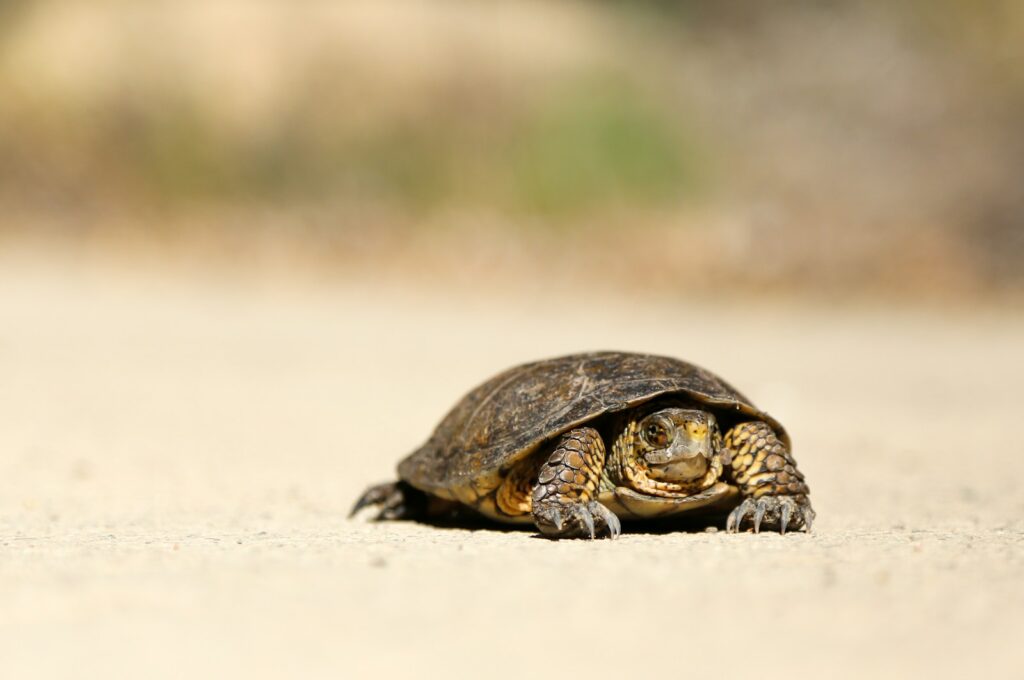
Shell rot, or ulcerative shell disease, is one of the most common and serious shell conditions affecting turtles and tortoises. This bacterial or fungal infection typically occurs when the shell’s integrity is compromised through injury, poor water quality, or inappropriate habitat conditions. Early signs include discolored patches that may appear reddish, whitish, or grayish, often accompanied by a foul odor and softening of the affected areas. As the condition progresses, the infection can penetrate deeper into the shell, potentially reaching the underlying bone and even internal organs. Shell rot requires prompt veterinary attention as it can be life-threatening if left untreated, especially when the infection extends beyond the superficial layers of the shell.
Metabolic Bone Disease and Shell Deformities

Metabolic Bone Disease (MBD) is a serious condition resulting from calcium deficiency, vitamin D3 deficiency, or phosphorus imbalance that directly affects shell formation and strength. In young reptiles, MBD can cause the shell to grow irregularly, creating a misshapen appearance often described as “pyramiding” in tortoises or a wavy, rippled effect in aquatic turtles. Established shells may become abnormally soft or flexible, increasing vulnerability to injuries and infections. This condition stems from improper diet, inadequate UVB lighting, or insufficient calcium supplementation, all of which prevent the animal from properly metabolizing the minerals needed for shell development. Treatment involves correcting nutritional deficiencies and environmental factors, though existing deformities are usually permanent.
Shell Injuries and Trauma
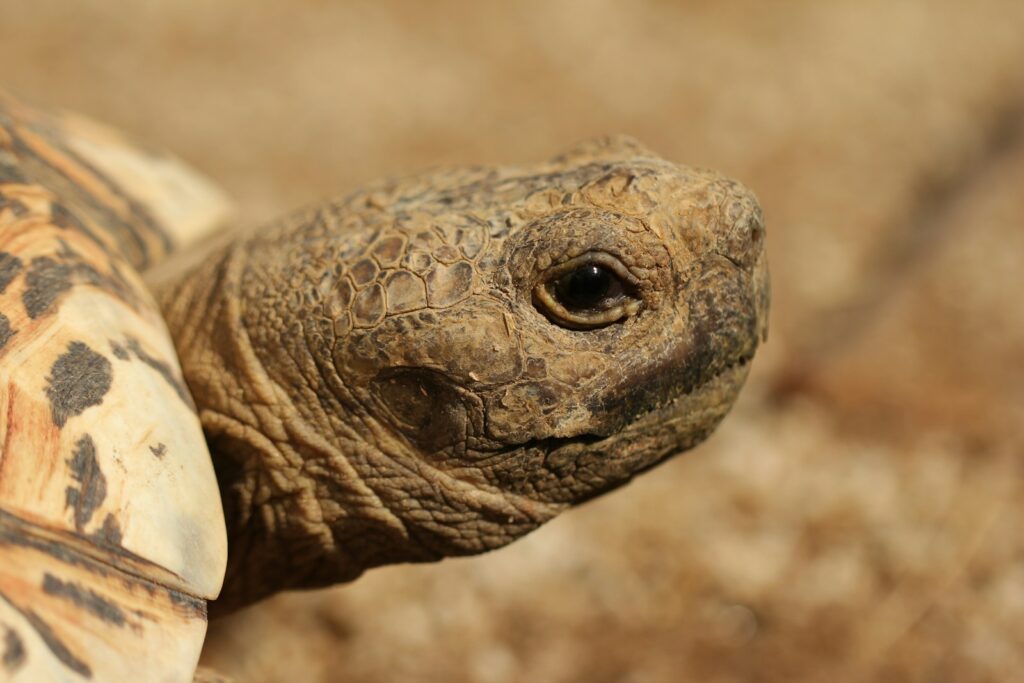
Shell injuries can occur from various sources including predator attacks, falls, automobile accidents, or aggressive interactions with other animals. Fractures, cracks, and punctures require immediate veterinary attention as they compromise the shell’s protective function and can expose internal tissues to infection. While minor surface scratches might heal on their own with proper care, significant damage often requires professional repair using specialized materials and techniques similar to dental bonding. Never attempt to repair a severely damaged shell at home with household adhesives, as these can be toxic and prevent proper healing. Recovery from shell injuries can be lengthy, sometimes taking months or even years for complete healing, during which time meticulous hygiene and appropriate environmental conditions are crucial.
Abnormal Shell Shedding Patterns
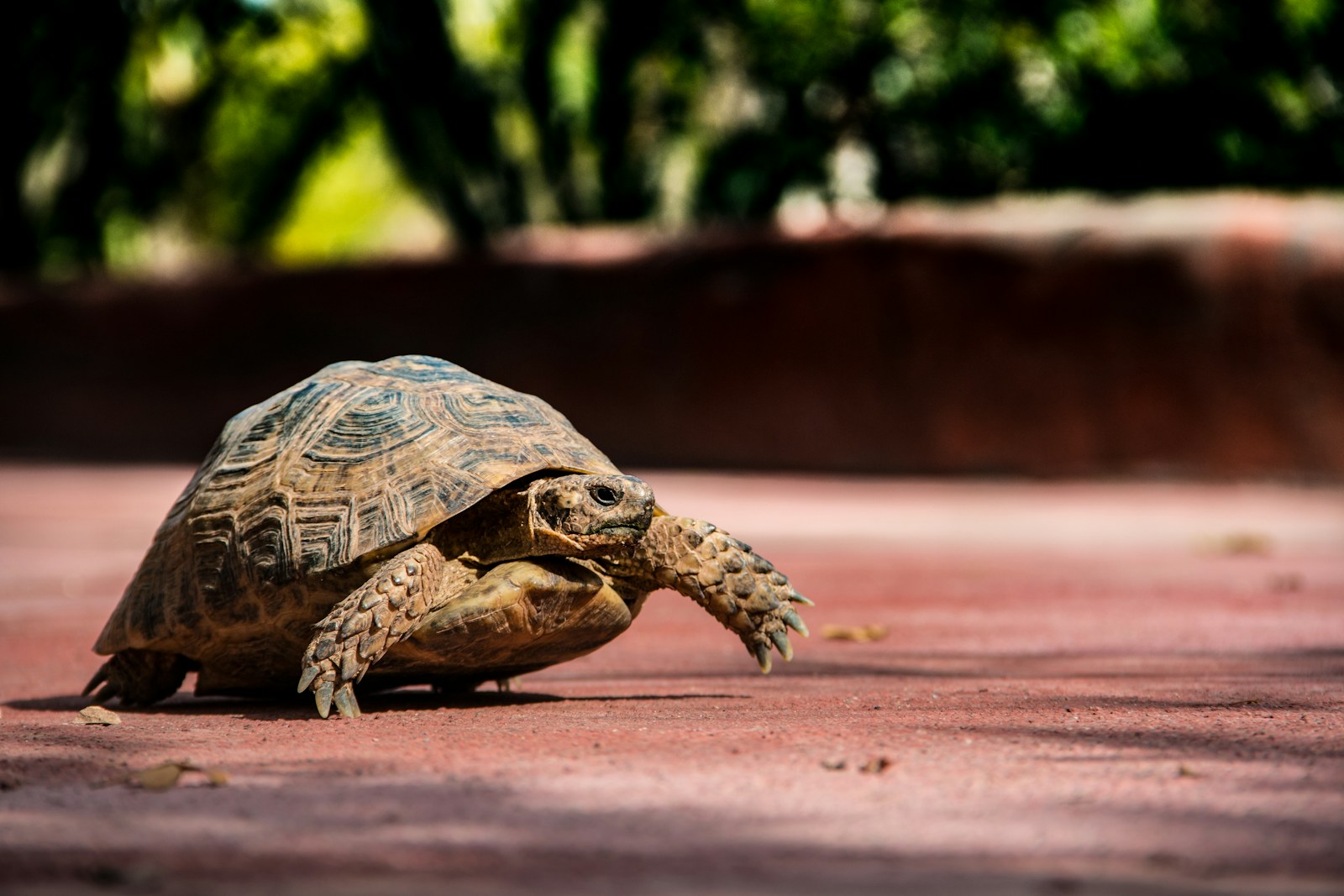
Unlike snakes that shed their entire skin at once, healthy reptiles with shells typically shed their scutes individually in a gradual process known as peeling or exfoliation. Aquatic turtles may shed more frequently than terrestrial species, with old scutes sloughing off to reveal newer growth underneath. Abnormal shedding patterns, such as retained scutes that build up in layers (sometimes called “scute pyramiding”), can indicate nutritional deficiencies, improper humidity levels, or underlying health issues. Attempting to forcibly remove stuck scutes can damage the healthy shell underneath and should be avoided. Instead, proper diet, appropriate humidity, regular shallow soaking, and gentle brushing with a soft toothbrush can help facilitate natural shedding in species where this is normal.
Optimal Diet for Shell Health
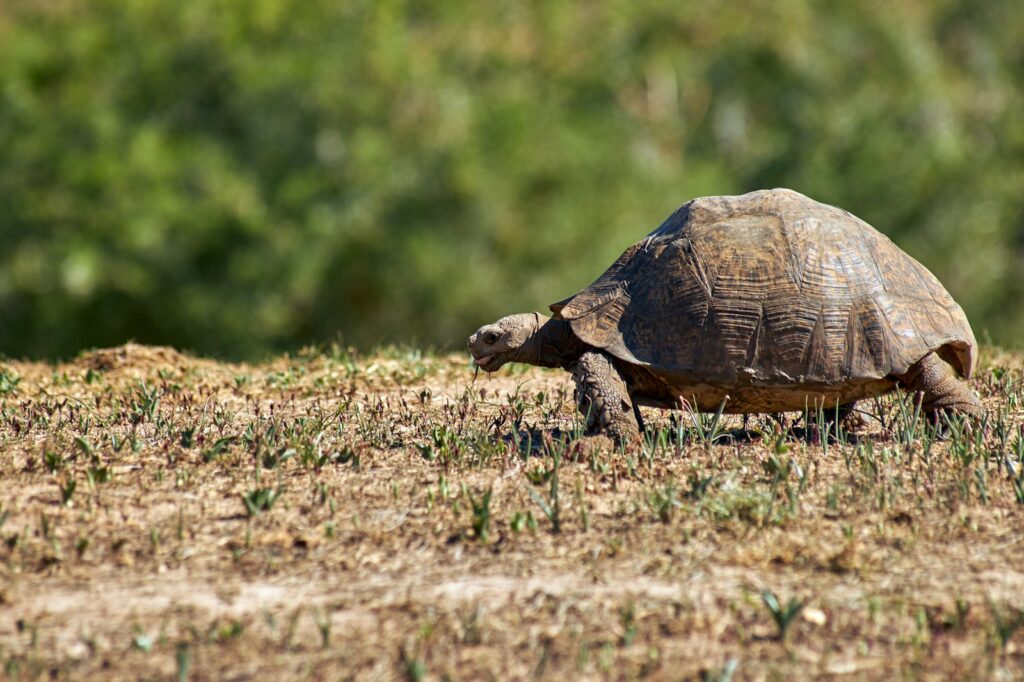
Nutrition plays a fundamental role in maintaining shell integrity, with calcium being particularly crucial for shell development and repair. Herbivorous tortoises require a diet rich in calcium-containing vegetables like collard greens, turnip greens, and dandelion greens, supplemented with appropriate calcium sources. Aquatic turtles typically need a more protein-rich diet when young, gradually transitioning to more plant matter as they mature, depending on their species. Commercial turtle and tortoise foods can provide a good nutritional base but should be supplemented with fresh foods. Avoiding excessive protein and phosphorus is important as these can bind with calcium and prevent its absorption, while proper calcium-to-phosphorus ratios (ideally around 2:1) promote optimal shell development. Vitamin D3 supplementation or adequate UVB exposure is essential for calcium metabolism, making it as important as the calcium itself.
The Importance of Proper UVB Lighting

UVB radiation plays a critical role in shell health by enabling reptiles to synthesize vitamin D3, which is necessary for calcium absorption and metabolism. Without adequate UVB exposure, reptiles cannot properly utilize dietary calcium, leading to shell abnormalities and metabolic bone disease even when calcium supplementation is provided. Indoor enclosures require special UVB-producing bulbs that must be replaced regularly (typically every six to twelve months) as their UVB output diminishes over time, even when they continue to emit visible light. The distance between the UVB source and the animal matters significantly—too far and the animal won’t receive sufficient radiation, too close and it could potentially cause eye or skin damage. Natural sunlight provides the best source of UVB when available, but glass and plastic filter out UVB rays, so outdoor time should involve direct exposure without these barriers.
Habitat Considerations for Optimal Shell Health
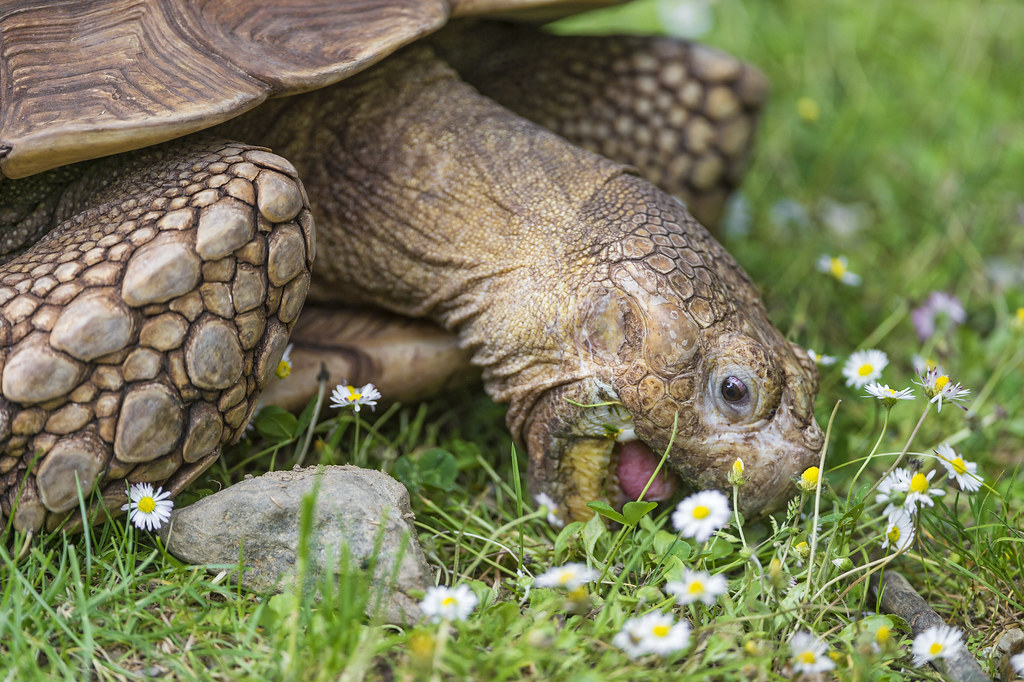
The environment in which a shelled reptile lives directly impacts its shell condition and overall health. For aquatic and semi-aquatic species, water quality is paramount—dirty water with high ammonia or nitrite levels can erode shell surfaces and create entry points for pathogens. Filtration systems should be appropriately sized for the enclosure, and partial water changes should be performed regularly. Terrestrial species require appropriate substrate that won’t cause excessive shell abrasion or retain too much moisture against the plastron, which could lead to shell rot. Temperature gradients are essential for all species, allowing them to thermoregulate by moving between warmer and cooler areas, while humidity levels should match the natural habitat of the species to prevent shell problems related to excessively dry or damp conditions.
Regular Shell Maintenance Practices

Establishing a routine shell maintenance regimen can prevent many common problems before they develop into serious conditions. For aquatic turtles, gentle cleaning with a soft brush can remove algae build-up and allow for visual inspection of the shell surface for any abnormalities. Terrestrial species benefit from occasional shallow soaks, which promote hydration and natural shedding processes while providing an opportunity to check for shell issues. Avoid using harsh chemicals or abrasive cleaning tools that could damage the shell’s protective outer layer. Post-cleaning, ensure aquatic turtles have access to completely dry basking areas where their shells can dry thoroughly, as constant moisture can promote bacterial and fungal growth. Regular weight checks can help monitor shell growth patterns and overall health, with unexpected weight changes potentially indicating underlying problems.
Shell Parasites and How to Address Them
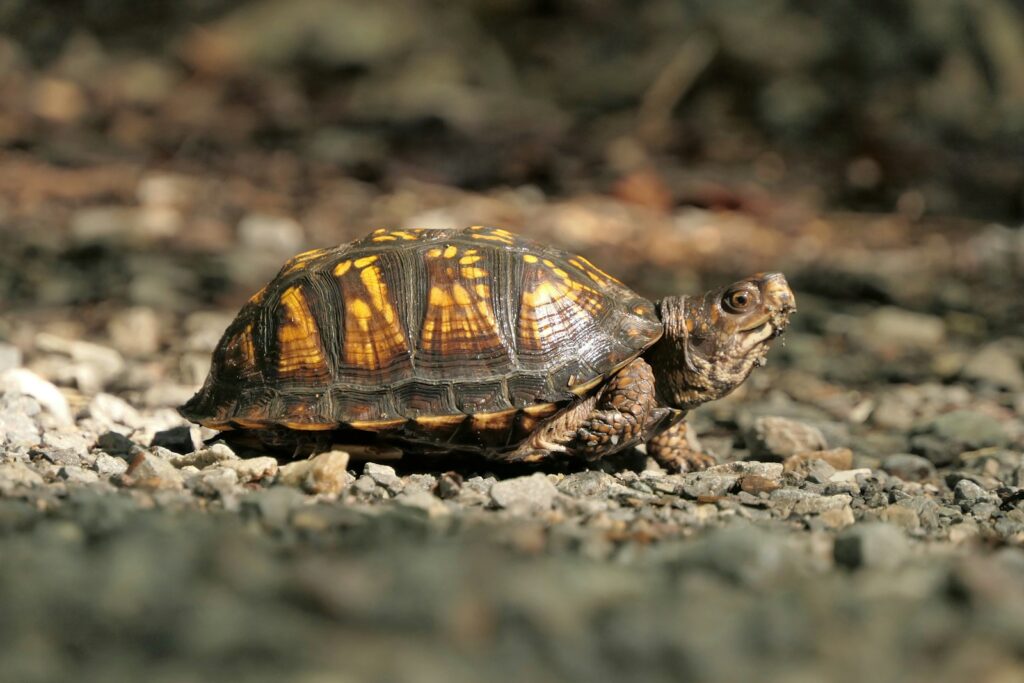
Various parasites can affect reptile shells, with common culprits including shell mites, leeches, and certain fungi that specifically target keratin. These parasites may appear as tiny moving specks, unusual growths, or discolored areas on the shell surface. Left untreated, parasitic infestations can cause irritation, damage to the shell structure, and potentially lead to secondary infections as the shell’s integrity becomes compromised. Treatment approaches vary depending on the specific parasite but often involve carefully administered medicated baths, topical treatments prescribed by a veterinarian, and thorough cleaning of the entire habitat to eliminate any parasites in the environment. Preventative measures include quarantining new animals before introducing them to established collections, regular habitat maintenance, and avoiding collection of wild foods that might harbor parasites.
Recognizing Signs of Aging Versus Health Problems
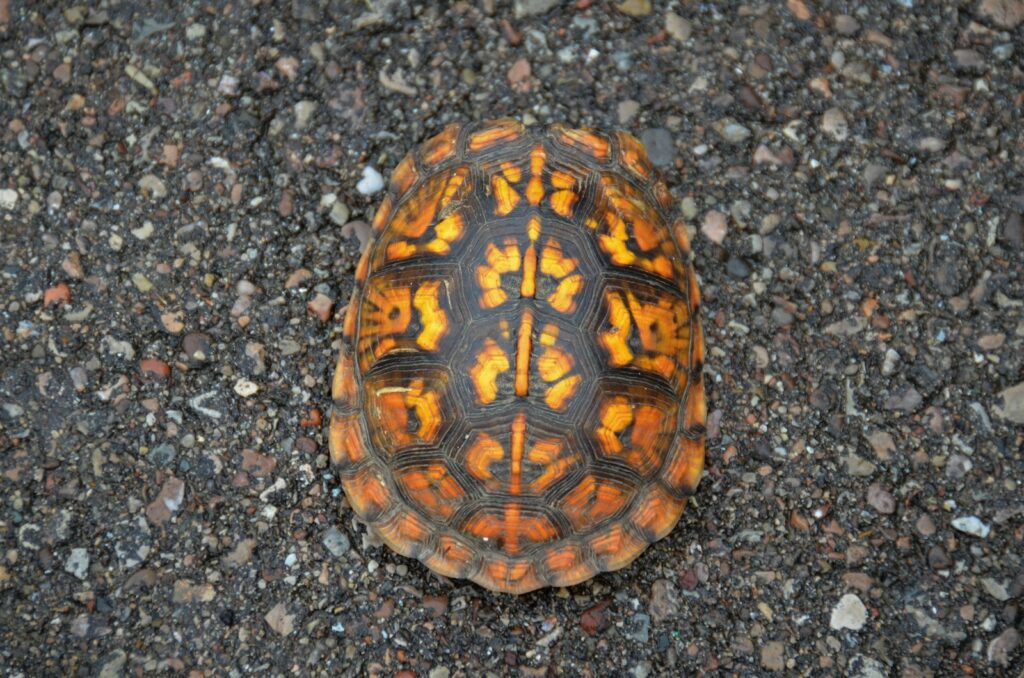
Natural aging produces certain changes in shell appearance that shouldn’t be confused with pathological conditions. Older shells typically develop more pronounced growth rings, may show some natural wear on the highest points of the carapace, and might display subtle color changes or fading over time. These changes occur gradually and symmetrically, unlike the often asymmetrical patterns associated with disease or injury. Healthy older shells, while showing signs of wear, should maintain their structural integrity and not exhibit soft spots, unusual odors, or irregular growth patterns. Some species naturally develop algae growth on their shells in the wild, which isn’t necessarily harmful unless it becomes excessive or penetrates damaged areas of the shell. Understanding what’s normal for your specific species at different life stages helps distinguish between concerning symptoms and benign age-related changes.
When to Seek Veterinary Care
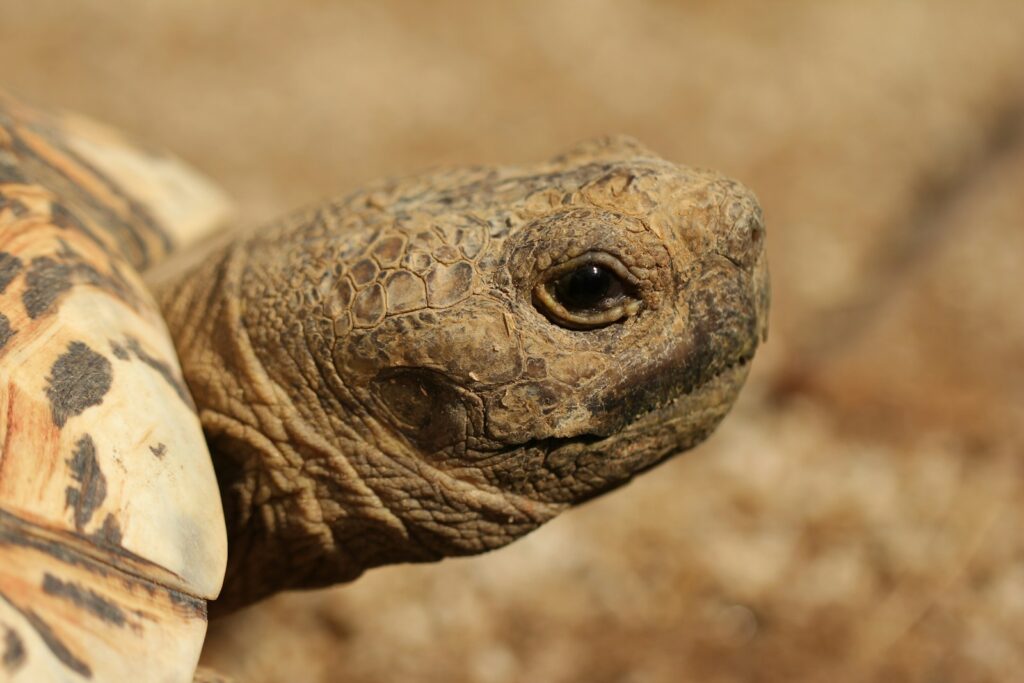
While preventative care is ideal, knowing when to seek professional help is crucial for addressing shell problems before they become life-threatening. Immediate veterinary attention is warranted for cracks, fractures, or punctures that penetrate the shell; soft areas that weren’t previously present; bleeding from the shell; foul odors emanating from the shell surface; or significant changes in shell shape or texture. Additionally, any shell abnormalities accompanied by behavioral changes such as decreased appetite, lethargy, difficulty swimming, or unusual basking patterns require professional assessment. Finding a veterinarian with reptile experience is important, as not all veterinary professionals have specialized training in chelonian (turtle and tortoise) medicine. Consider establishing a relationship with an exotic animal veterinarian before emergencies arise, and schedule regular check-ups to catch potential issues early.
Innovative Treatments for Severe Shell Damage
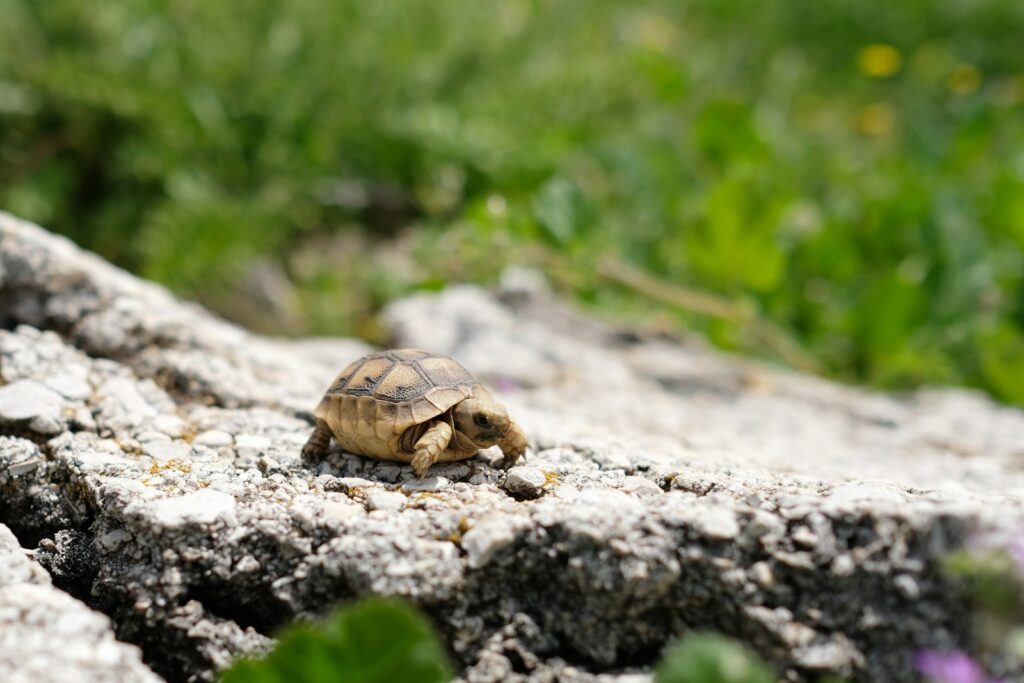
Veterinary medicine has made remarkable advancements in treating significant shell injuries that once might have been fatal. Modern techniques include the use of specialized epoxy resins and fiberglass applications that create waterproof, durable repairs while allowing the natural shell to heal underneath. In cases of extensive damage, 3D printing technology has been employed to create custom prosthetic shell pieces that can be attached to the remaining healthy shell, providing protection and support. Surgical techniques have evolved to address shell infections that penetrate into deeper tissues, sometimes involving the placement of antibiotic-infused beads directly at infection sites for targeted treatment. Post-treatment care is critical and often involves extended dry-docking periods for aquatic species, carefully controlled environments, and long-term antibiotic therapy for severe infections, highlighting the importance of professional care for major shell trauma.
The Future of Shell Health Research
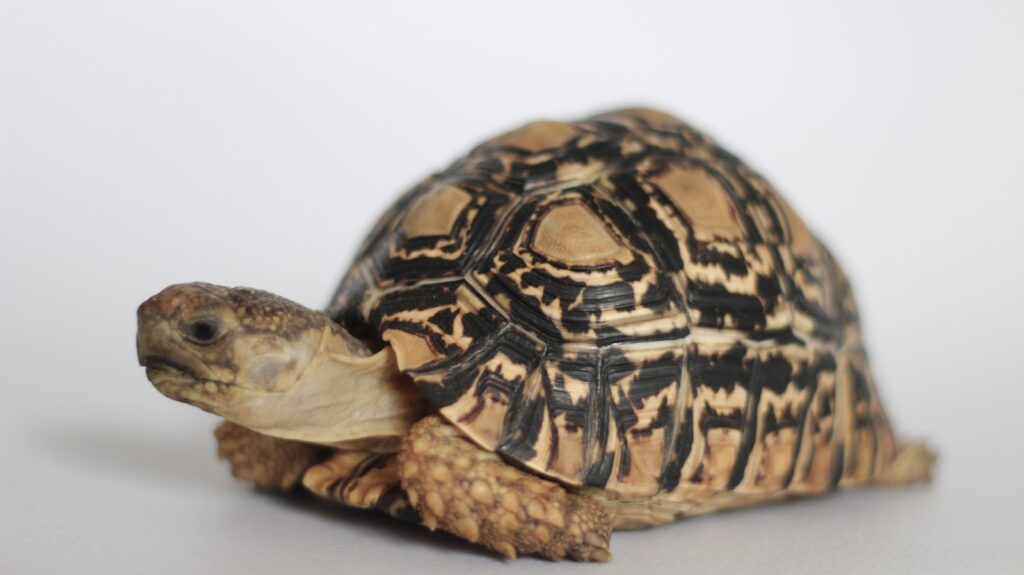
Ongoing research continues to expand our understanding of shell health and treatment options for various conditions. Scientists are investigating the complex microbiome that exists on healthy shells and how these beneficial microorganisms might help prevent pathogenic infections through competitive exclusion. New diagnostic tools are being developed to detect shell problems earlier, including specialized imaging techniques that can reveal internal shell damage before it becomes visible externally. Research into nutritional factors is refining our understanding of how different dietary components affect shell growth and integrity across various species. Advancements in wildlife rehabilitation are particularly focused on treating injured wild turtles and tortoises, whose populations face increasing threats from habitat loss, road accidents, and other human activities, potentially developing treatments that could benefit both wild and captive populations.
Conclusion

Shell health represents a critical aspect of overall wellness for turtles, tortoises, and other shelled creatures. By understanding the complex relationship between nutrition, environment, and shell integrity, caretakers can provide conditions that promote healthy shell development and prevent common problems. Regular monitoring, appropriate preventative care, and prompt attention to emerging issues can ensure these remarkable protective structures remain strong and functional throughout the animal’s life. Remember that the shell is a living, growing part of the animal—not simply a house they carry—and deserves the same careful attention as any other aspect of reptile health. With proper knowledge and dedicated care, you can help your shelled companions maintain their natural armor in optimal condition for years to come.

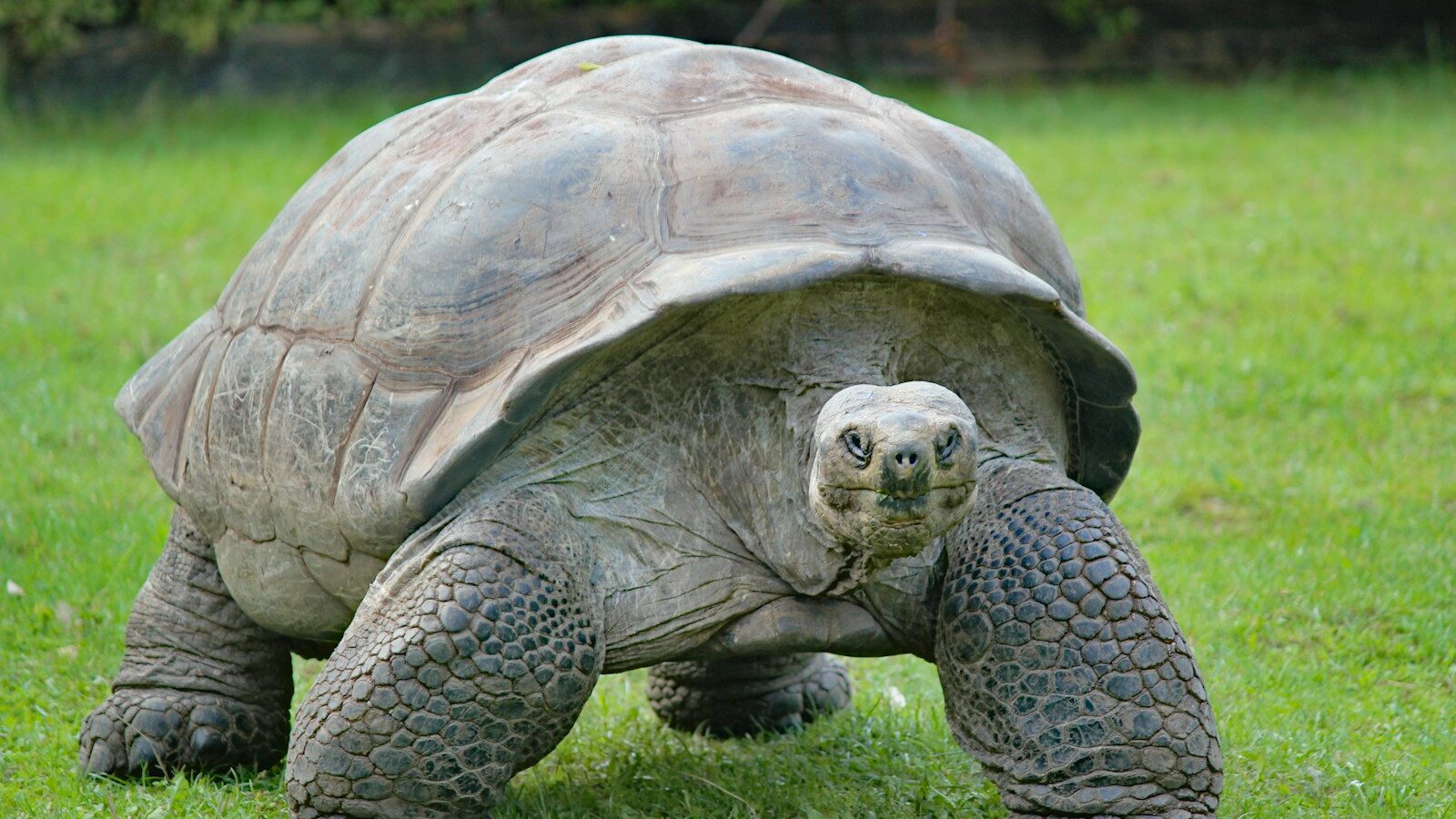




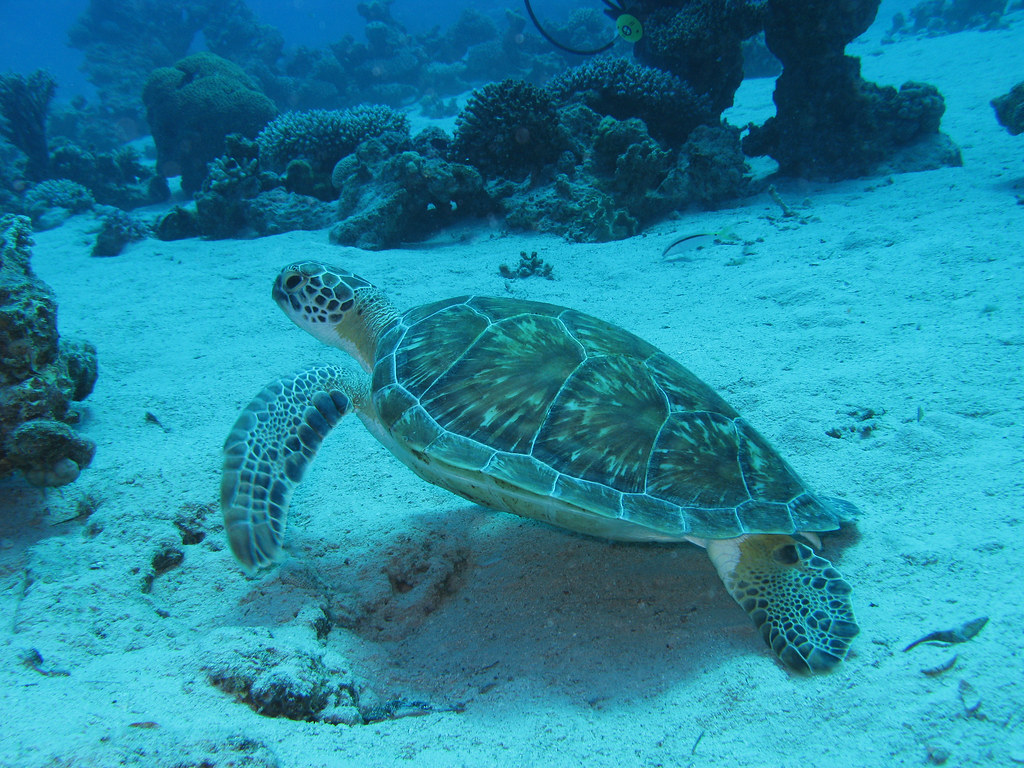


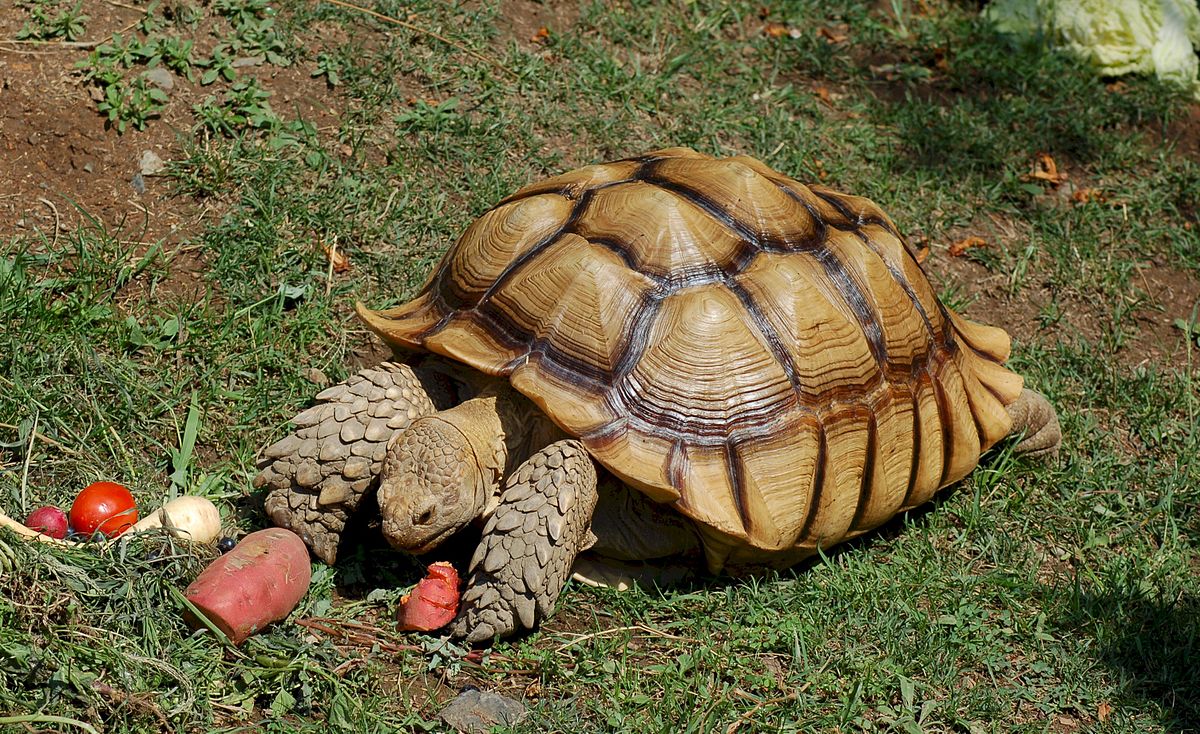
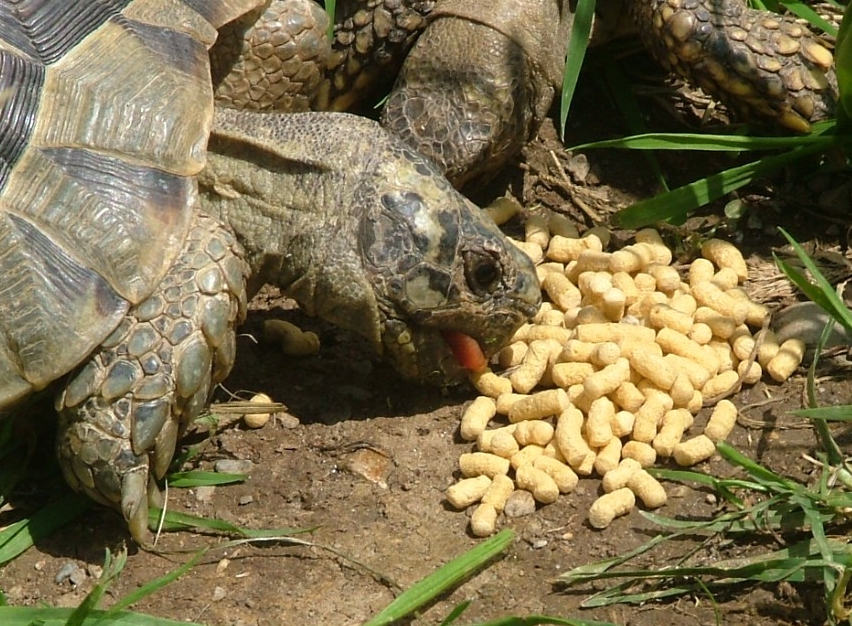
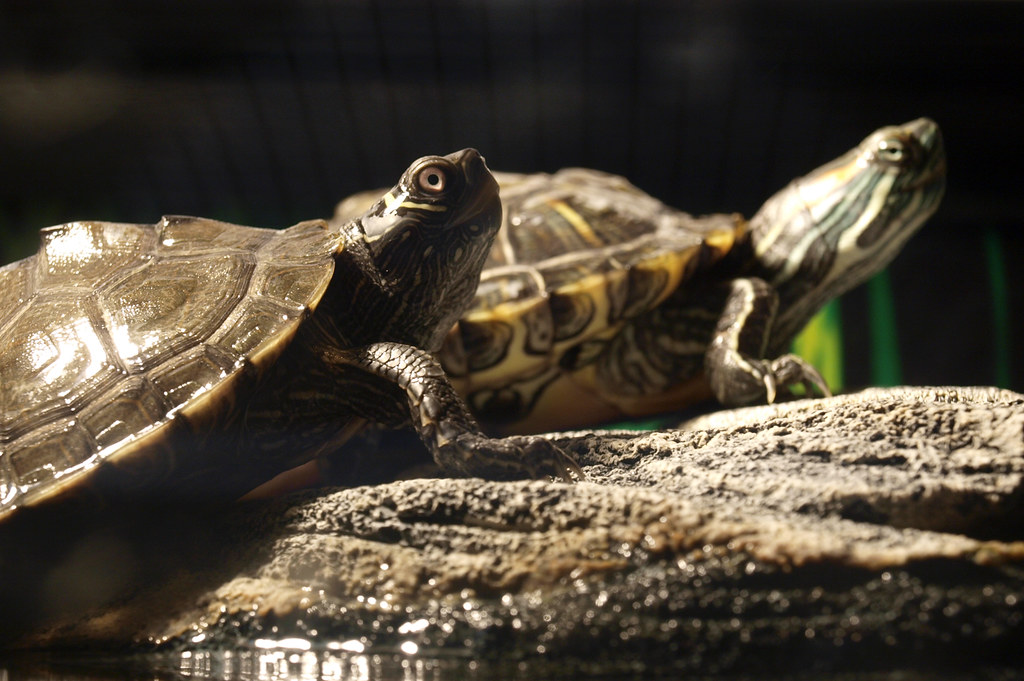




Leave a Reply